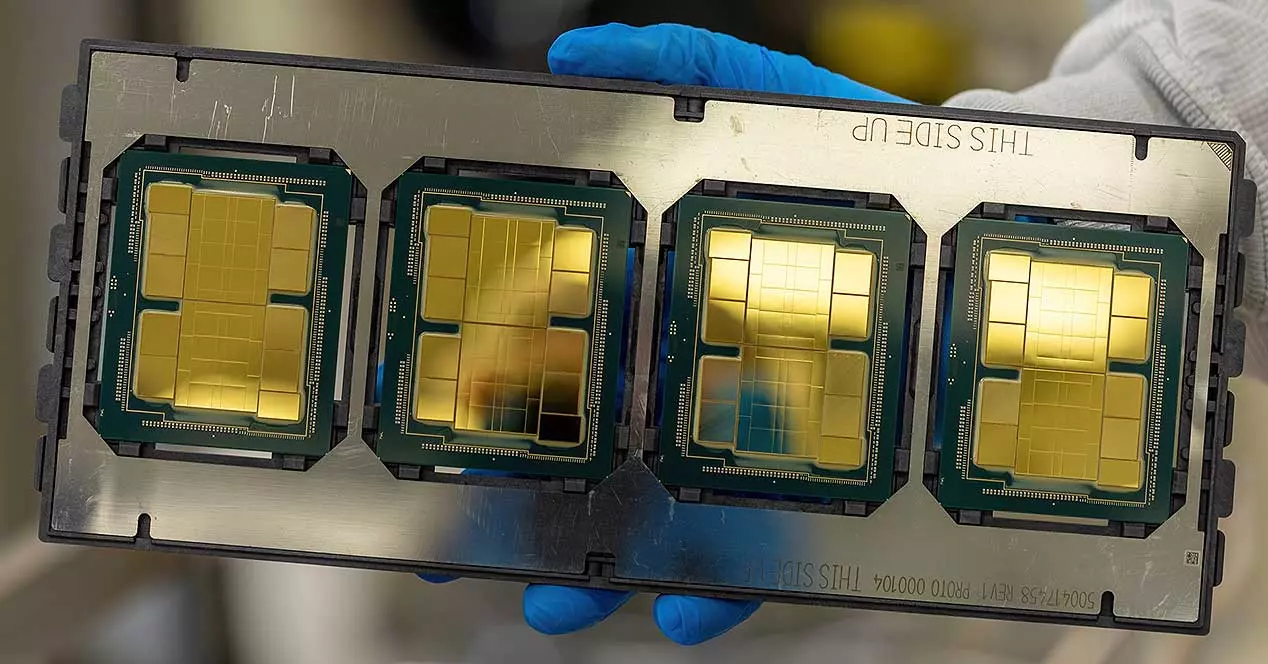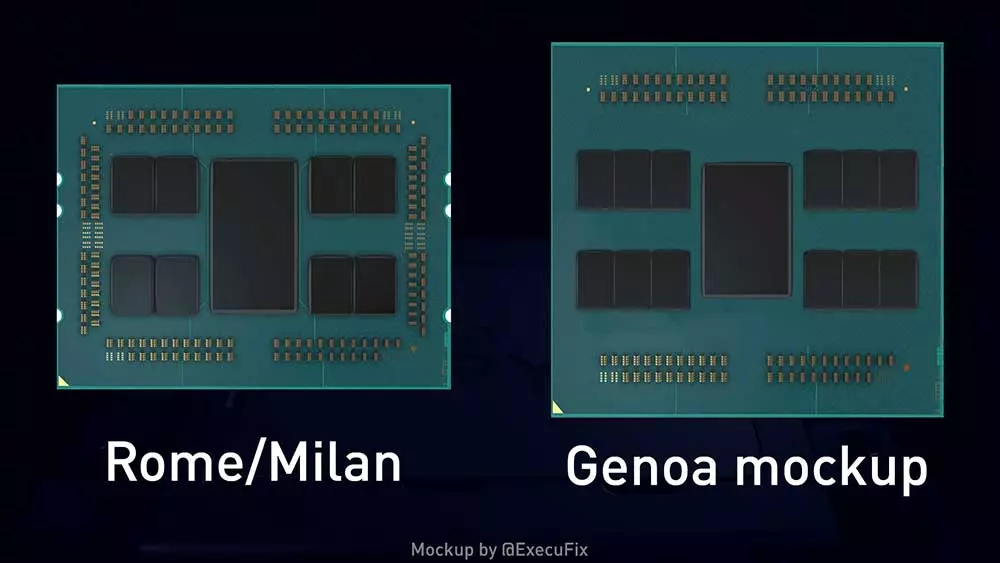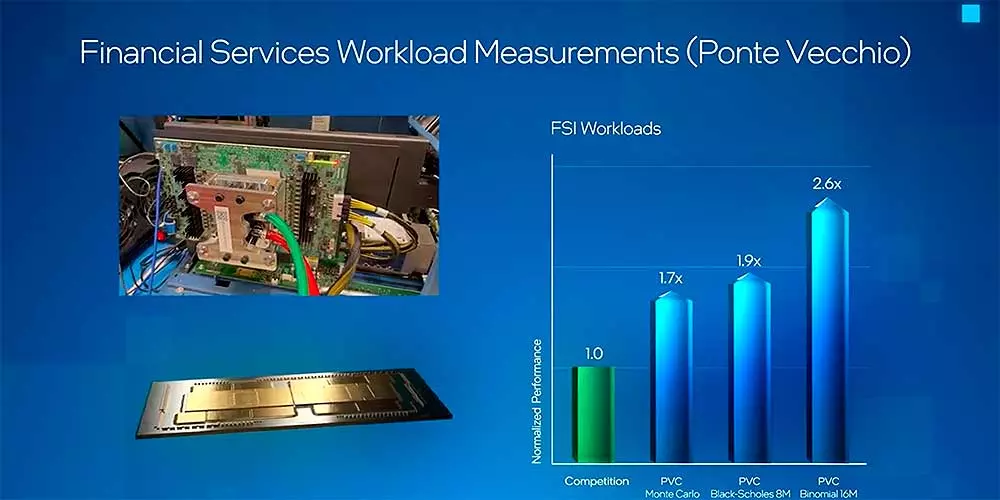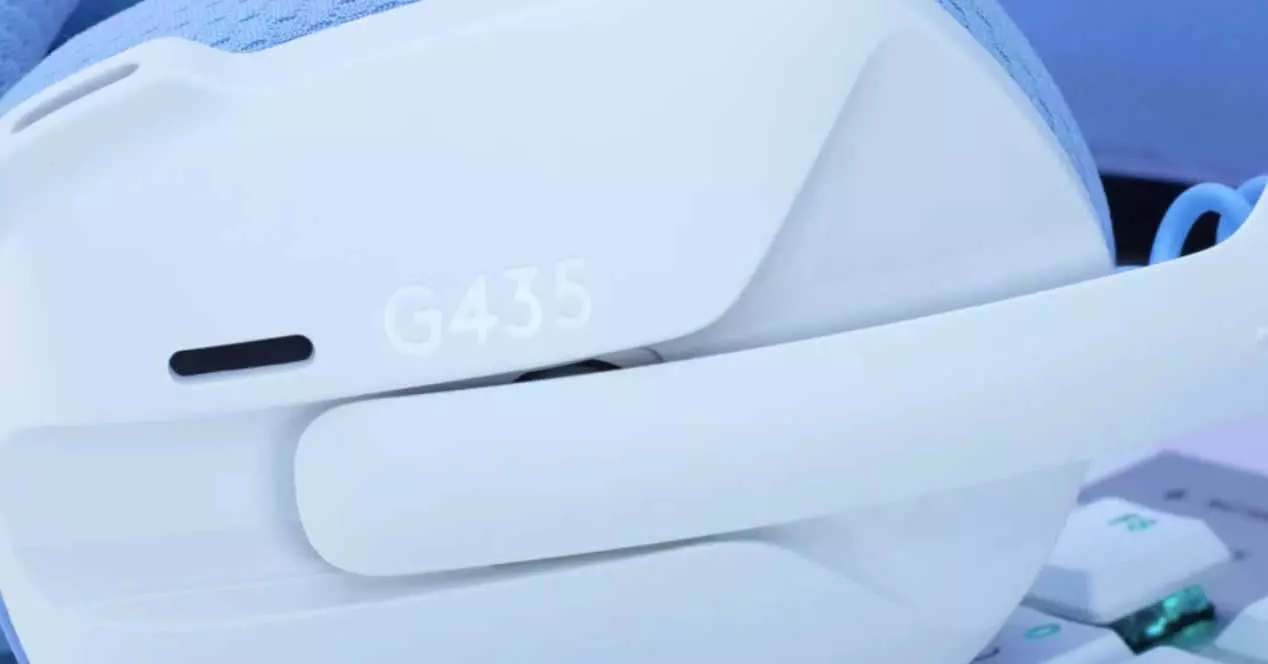
They are two new slides shown by Twitter that have raised a lot of controversy, since what Intel has taught has added controversy. And it is that the chosen tests are only a point on a sheet of paper or a drop in the sea and that will help us to get a brief idea of what is to come in no more than two quarters.
Intel would destroy AMD and its EPYC Milan-X
Watch Intel’s Sapphire Rapids with High Bandwidth Memory outperform the competition by up to 2.8x in computational fluid dynamics workloads.
Learn more: https://t.co/0ZMcUAnqp7 pic.twitter.com/qk488zidSO
— Intel News (@intelnews) February 17, 2022
It has been in OpenFOAM benchmark where Intel has shown the muscle of its Sapphire Rapids SP architecture, also in two different variants such as the version with HBM and the version of its CPUs without this type of memory in its encapsulation.
What is shown is on the one hand expected, but on the other surprising and looking to the future quite intriguing. Sapphire Rapids will be nothing less than a 60% faster than the current Intel Xeon and an impressive 180% faster than this, but where curiously Intel also encrypts AMD.
In this fluid dynamic computing benchmark, the current generation of Xeon based on Ice Lake would be encrypted as 1.0x, which would be equal according to Intel itself to Milan despite having much fewer cores, which implies that the evaluation of the blue giant to affirm these data does not go around.
Much faster than Milan-X, Sapphire Rapids and their benchmarks point to Genoa
Although there are no test metrics as such, what we can say is that the fact of not having to go out to the system RAM as much as would be expected with a new architecture gives a very promising result in this benchmark. So much so that the new EPYC Milan-X CPUs would be far behind the new Intel that are to come.
What happens here? Well, basically that there is no specific performance metric and that these data must be taken with tweezers for now, since a 150% against AMD is not only unobjective and unrealistic if we are talking about a “full” performance environment, but it is directly false by pure logic.
That does not mean that Intel is not right in what is shown. This benchmark is its own environment to show muscle thanks to the characteristics of its hardware, but somehow and knowing this, it is a warning of what is to come. And it is that Sapphire Rapids is not ruled out (at least in certain environments) against Genoa and Zen 4 as a new generation architecture for servers.
Rumors indicate that AMD would crush Intel again with its new EPYCs that are due to arrive in the middle of the year (again a rumour), but these data make us optimistic about what Intel is going to present in just two months. Can Sapphire Rapids pull off the surprise on servers like Alder Lake has done on PC?
Ponte Vecchio, much faster than Ampere
The same argument can be made for Ponte Vecchio GPUs given what Intel has shown with Sapphire Rapids on CPUs. And it is that in Financial Services Workload the company very subtly and painting the competition green has revealed the performance of its graphics chips.
What we see is that the NVIDIA A100 that is giving the company such good results would be widely surpassed by Intel. At least the blue giant encrypts an improvement of the 70% in PVC Monte Carlo and up to a 160% more performance in Binominal 16M.
It is true that financial server loads are very important to the world at large for what they represent, but it is only a slight peak on a mountain. Likewise, a performance even similar to what Intel has shown and less against the NVIDIA A100 was not expected, so being simply a point figure, it must be recognized that it has surprised.
It seems that Raja Koduri’s team has surprises up its sleeve and that they will come to compete for the HPC market with NVIDIA and AMD.





